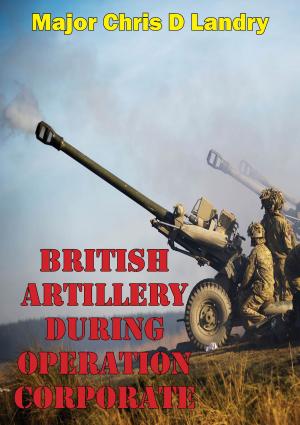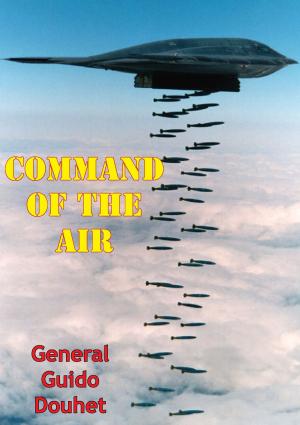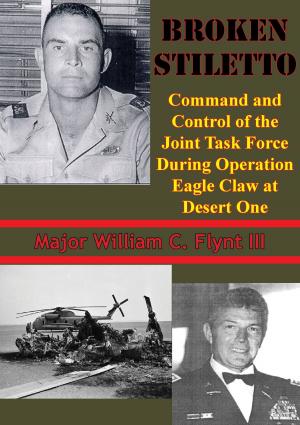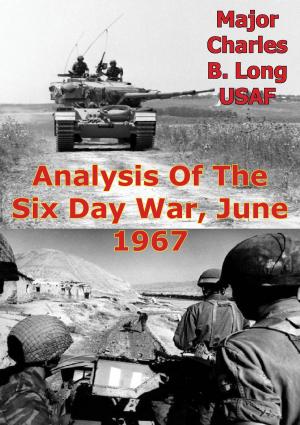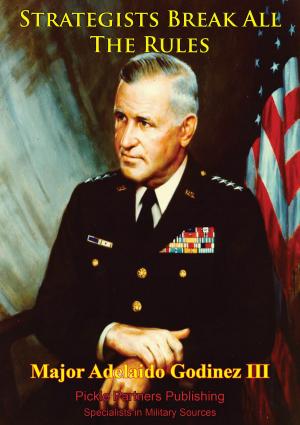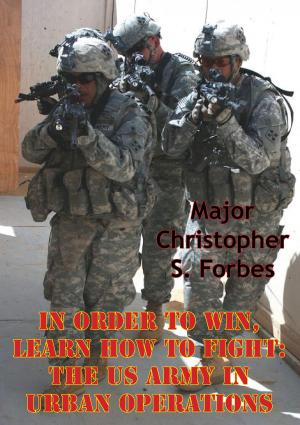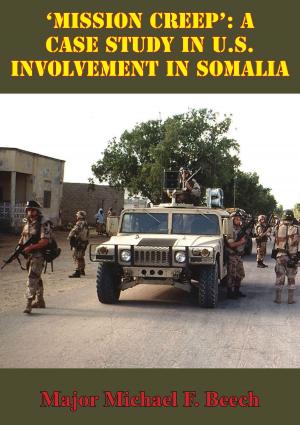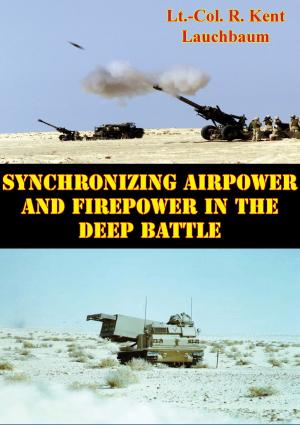If You Don’t Like This, You May Resign And Go Home: Commanders’ Considerations In Assaulting A Fortified Position
Nonfiction, History, Middle East, Persian Gulf War, Military| Author: | Captain Michael Woodgerd | ISBN: | 9781782898542 |
| Publisher: | Tannenberg Publishing | Publication: | August 15, 2014 |
| Imprint: | Tannenberg Publishing | Language: | English |
| Author: | Captain Michael Woodgerd |
| ISBN: | 9781782898542 |
| Publisher: | Tannenberg Publishing |
| Publication: | August 15, 2014 |
| Imprint: | Tannenberg Publishing |
| Language: | English |
The author studies the experiences of British, German, American and Soviet armies in assaults on fortified positions to find critical considerations for contemporary commanders. A fortified position is a series of mutually supporting areas comprising bunkers, pillboxes, weapons emplacements, entrenchments, wire, mines and other obstacles. Assaulting such a position held by determined defenders is a uniquely brutal and bloody event. The author systematically studies fighting at El Alamein, the Normandy Campaign, Okinawa, the Siegfried Line, Kursk, Manchuria and the Petsamo-Kirkenes area. Each battle is examined in terms of the use and importance of intelligence, smoke, armor, infantry, engineers, artillery, air support, C2 and special weapons. A portion of this study also examines current training at the U.S. Army’s National Training Center to find if current training reflects battle proven techniques. The conclusion offers the author’s recommendations to assist commanders and staffs in determining the organization, equipment, tactics, training and means of control of forces in the assault of a fortified position.
The author studies the experiences of British, German, American and Soviet armies in assaults on fortified positions to find critical considerations for contemporary commanders. A fortified position is a series of mutually supporting areas comprising bunkers, pillboxes, weapons emplacements, entrenchments, wire, mines and other obstacles. Assaulting such a position held by determined defenders is a uniquely brutal and bloody event. The author systematically studies fighting at El Alamein, the Normandy Campaign, Okinawa, the Siegfried Line, Kursk, Manchuria and the Petsamo-Kirkenes area. Each battle is examined in terms of the use and importance of intelligence, smoke, armor, infantry, engineers, artillery, air support, C2 and special weapons. A portion of this study also examines current training at the U.S. Army’s National Training Center to find if current training reflects battle proven techniques. The conclusion offers the author’s recommendations to assist commanders and staffs in determining the organization, equipment, tactics, training and means of control of forces in the assault of a fortified position.

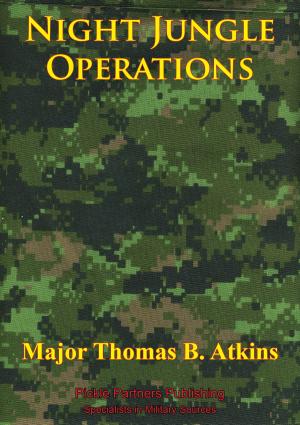
![Cover of the book The Red Battle Flyer [Illustrated Edition] by Captain Michael Woodgerd](https://www.kuoky.com/images/2015/november/300x300/9781786255563-jnoX_300x.jpg)
